Since it was launched in 1992 by Kit Chapman of The Castle at Taunton and Paul Henderson formerly of Gidleigh Park in Devon, the Trencherman’s Guide has documented the development of the unique food and dining culture of the South West of England.
During the Guide’s 30-year history, it’s chronicled restaurants as they’ve launched and closed, and marked food trends as they’ve bubbled up and then popped, never to be seen again. It’s also witnessed established restaurants such as The Angel in Dartmouth as they pass from one generation of remarkable chefs to the next.
Changes, challenges and opportunities within the industry during the last three decades span from the introduction of nouvelle cuisine to the rise of smart dining pubs. They’ve included the craft drinks boom, the noughties’ food revolution, online booking and websites, recessions, Covid-19 and Brexit. The Trencherman’s Guide has marked each moment and reflected the region’s food and hospitality industry while helping diners discover superb restaurants.
Kit Chapman explains how the guide began: ‘I was very good friends with Paul Henderson who, in 1977, bought and ran Gidleigh Park. During the 1980s we could both see it was becoming a golden age for the restaurant trade. Suddenly, eating out became very fashionable and young British chefs were learning how to cook really well from luminaries like the Roux brothers, Raymond Blanc and Anton Mosimann.’
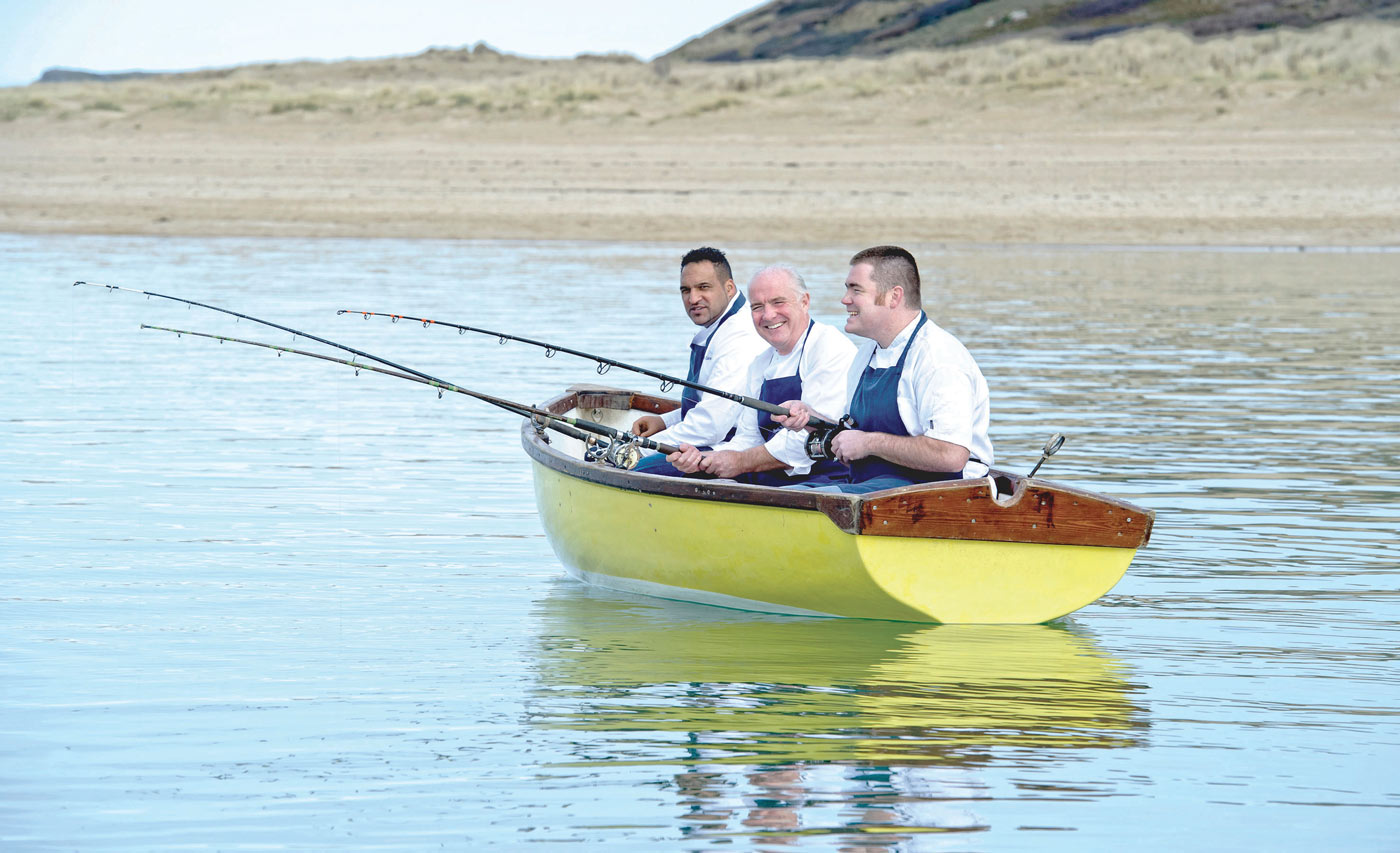

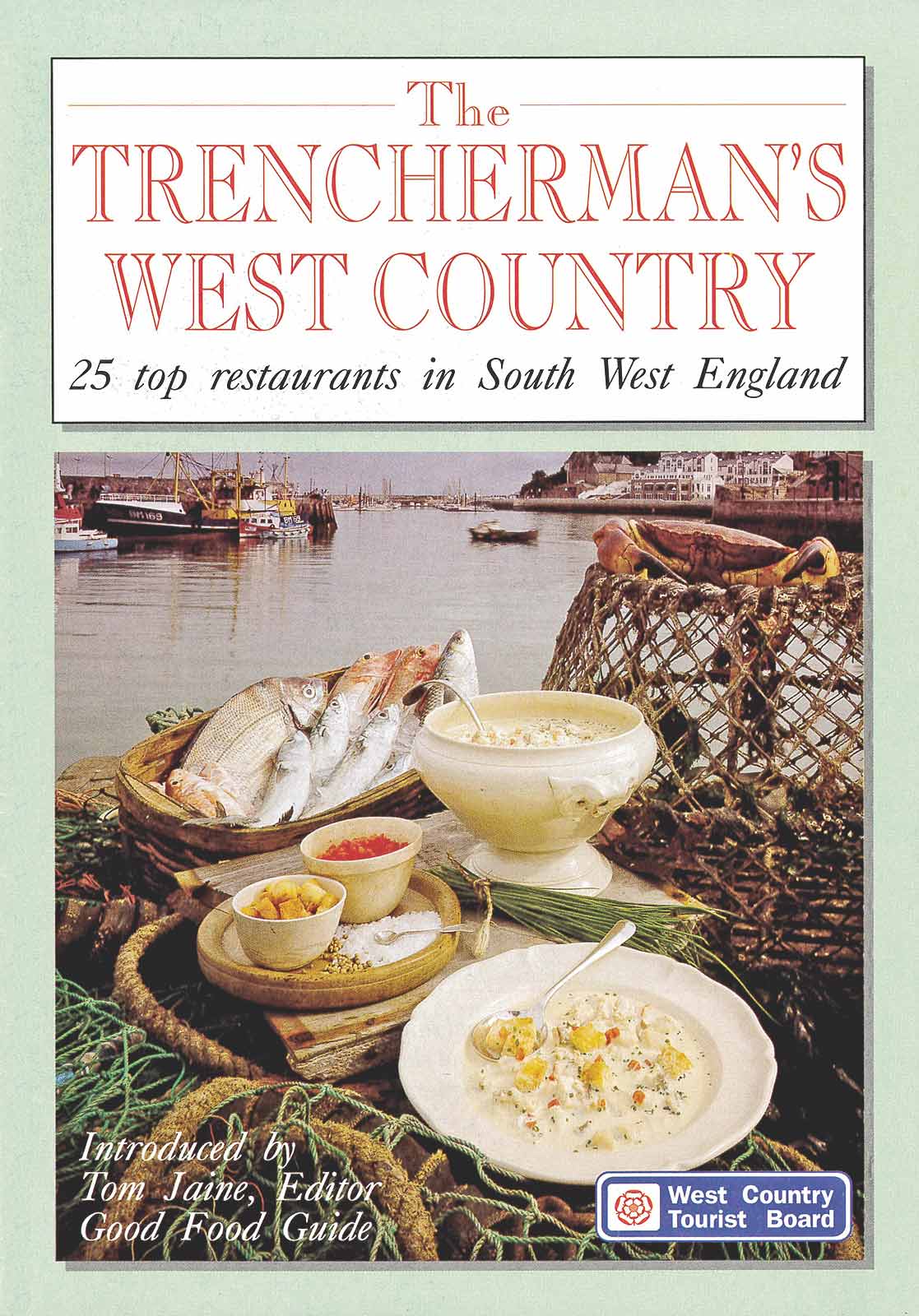
Alongside talented foreign chefs teaching young Brits, there were a number of factors that also contributed to that golden moment. Kit says: ‘One was the introduction of colour supplements in the newspapers which made food look very sexy. There were also a lot of television cooks coming on screen – this was post Fanny Cradock – and it all became quite serious. Then Francis Coulson opened Sharrow Bay in Cumbria, and that was the start of the rise and rise of the English country house hotel.’
Kit and Paul knew something interesting was emerging and wanted to be part of it. ‘Paul and I thought this was all very exciting,’ he says. ‘We already had a Michelin star at The Castle, and he had one at Gidleigh Park, but we wanted to focus on bringing what was happening around the country – and in London in particular – to the West Country.’
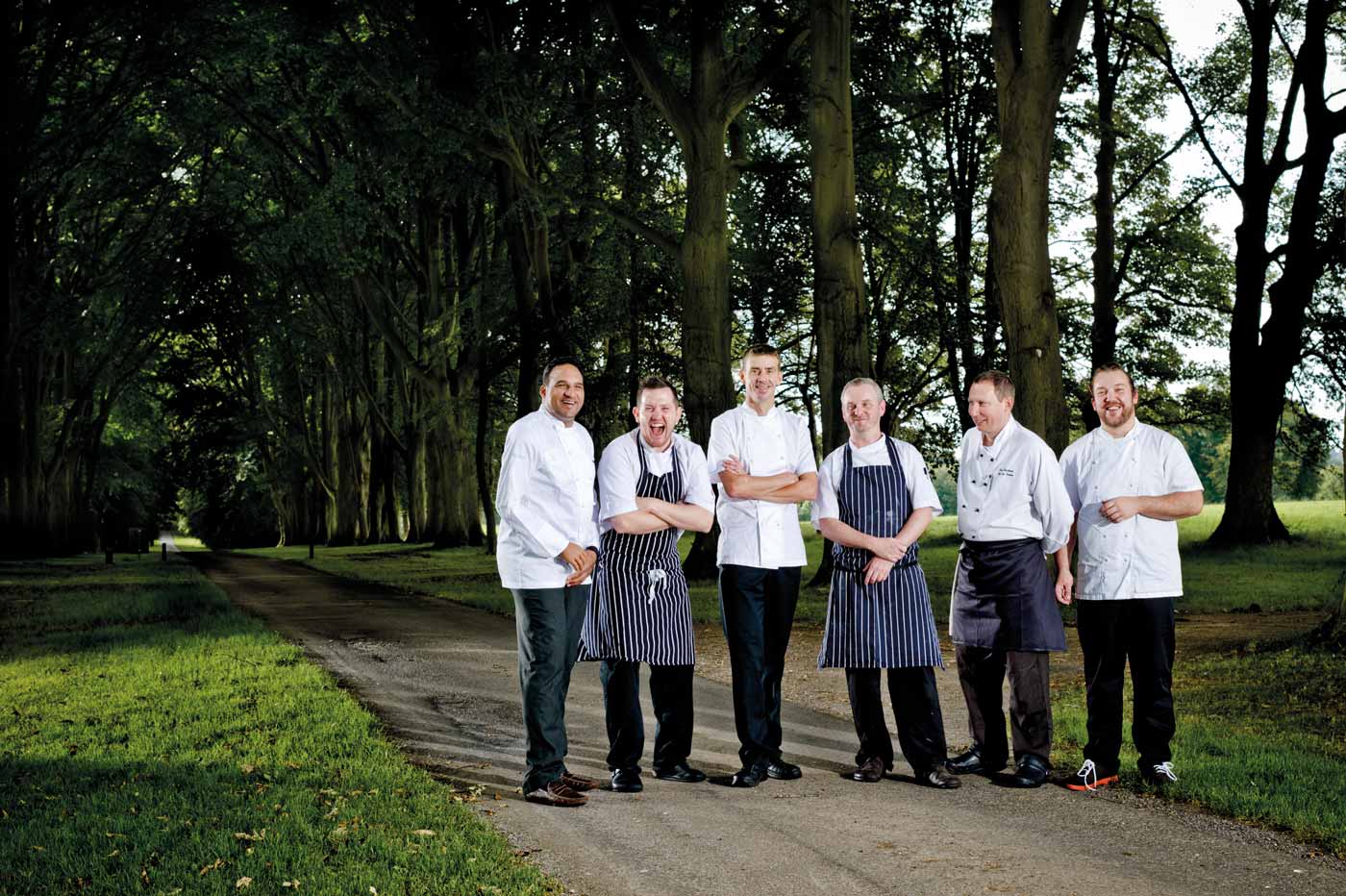
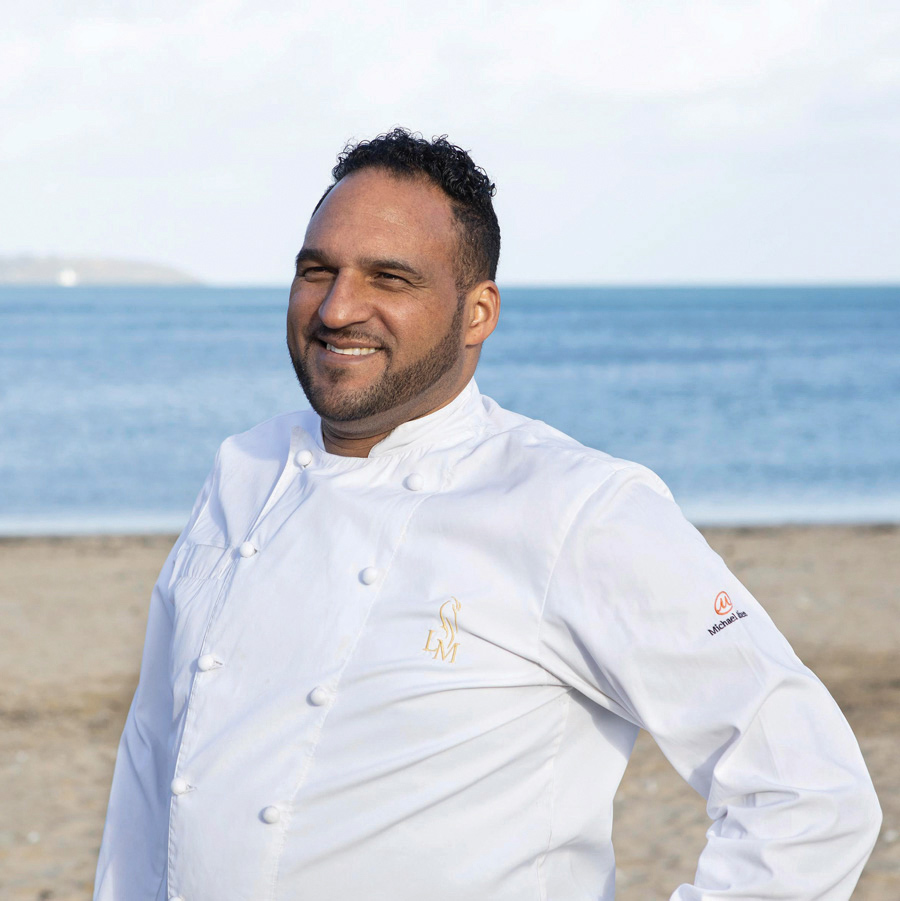
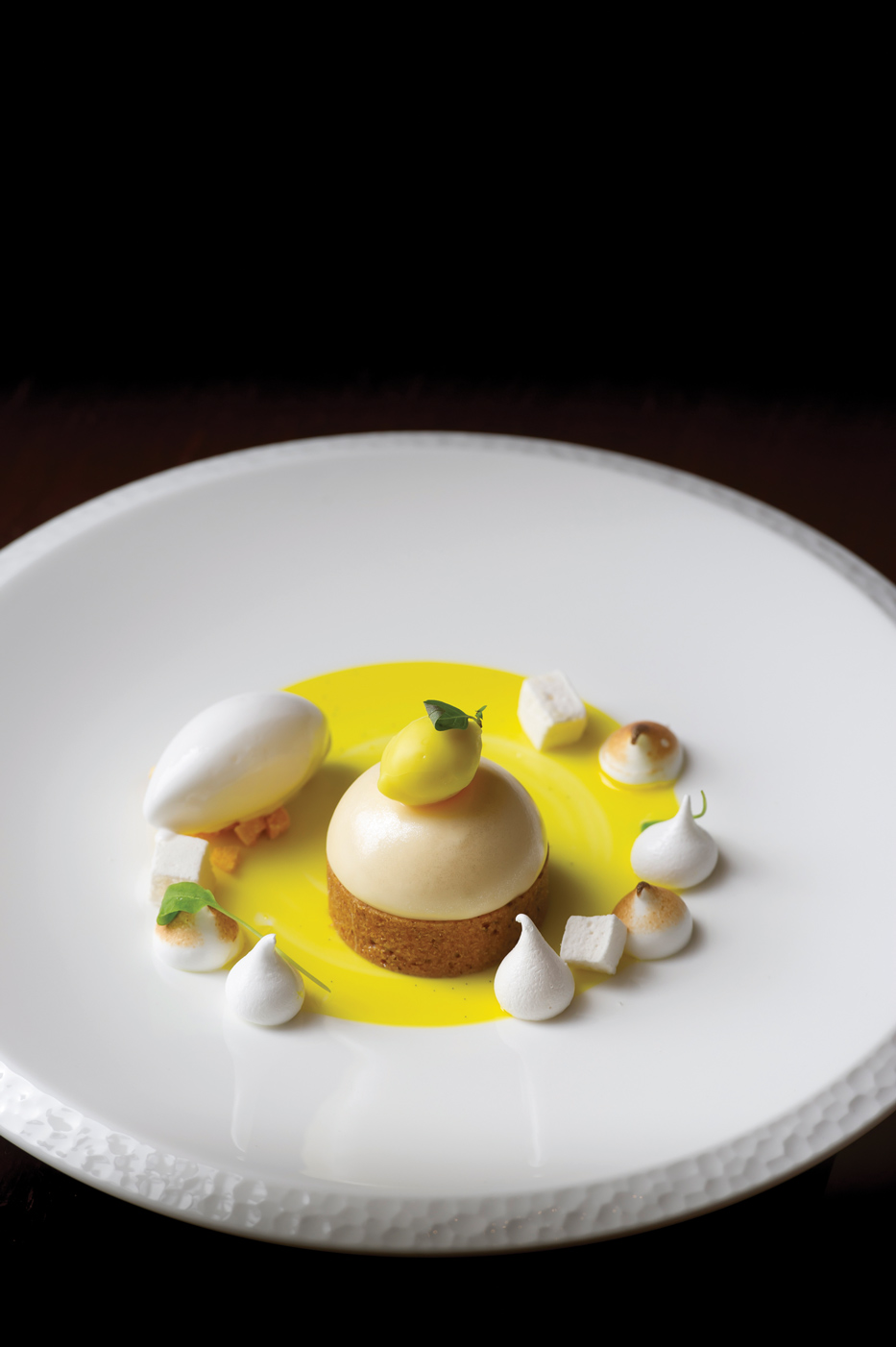
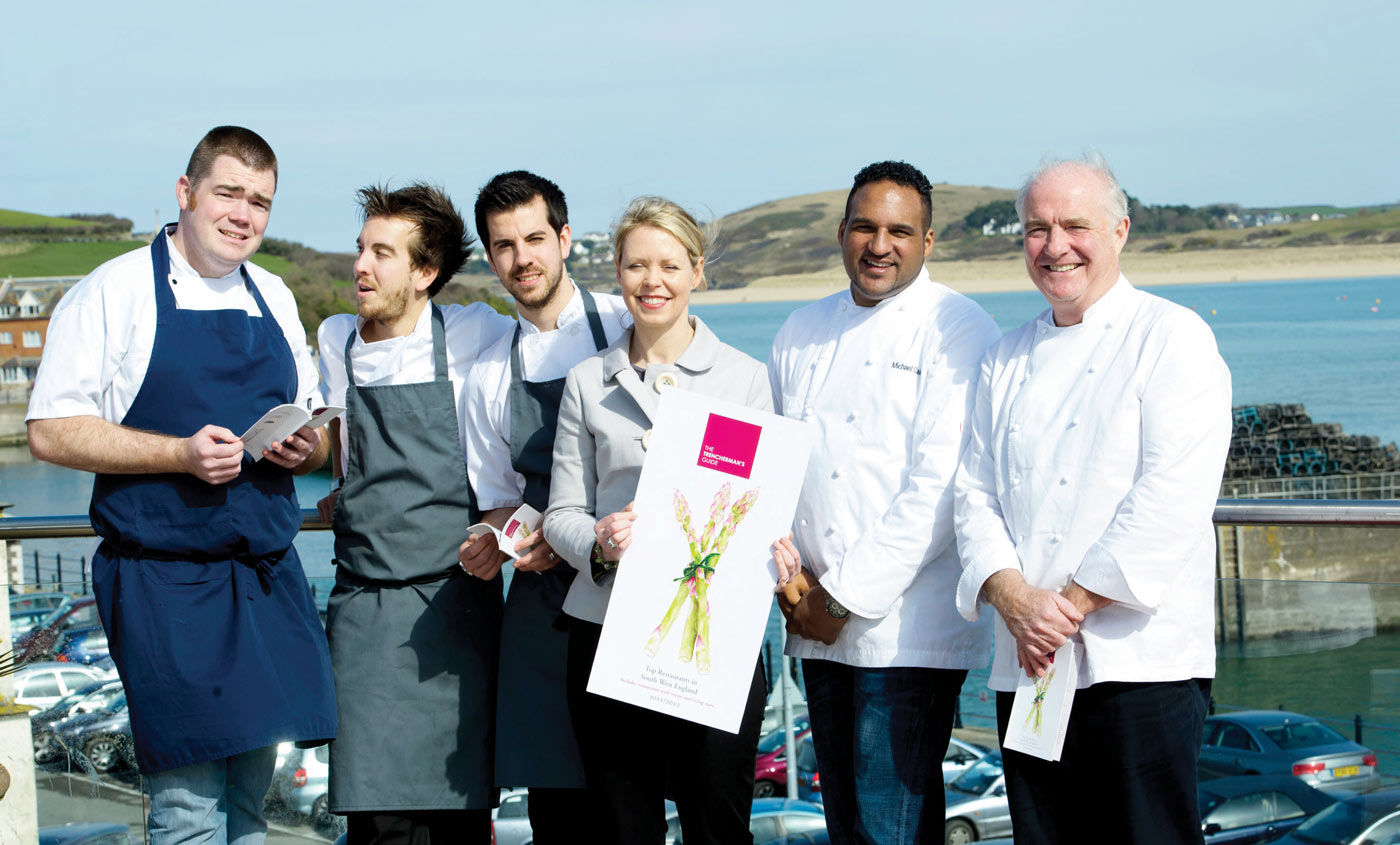
They also wanted to show the rest of the UK what was going on in the region, and this led to the idea of creating a dining guide. It wasn’t going to be any old roundup of eateries, however. Kit says: ‘We wanted to control who went in so we could only showcase the best restaurants in the South West of England.
‘We constructed a fairly simple and fair scoring system (which is still the basis of the one used now). We needed a system as we didn’t have the time to become restaurant inspectors. The scoring was based on three guidebooks: the Michelin Guide, The Good Food Guide and the AA Guide. We adopted a points system based on those guides and applied it to the restaurants.’
The pair roped in the West Country Tourist Board (which later became South West Tourism) to publish it.
‘The idea was that the restaurants in the guide would display it in their premises and we’d therefore encourage cross-referrals, creating a community of people interested in food and drink who would know where the really great restaurants were to be found.


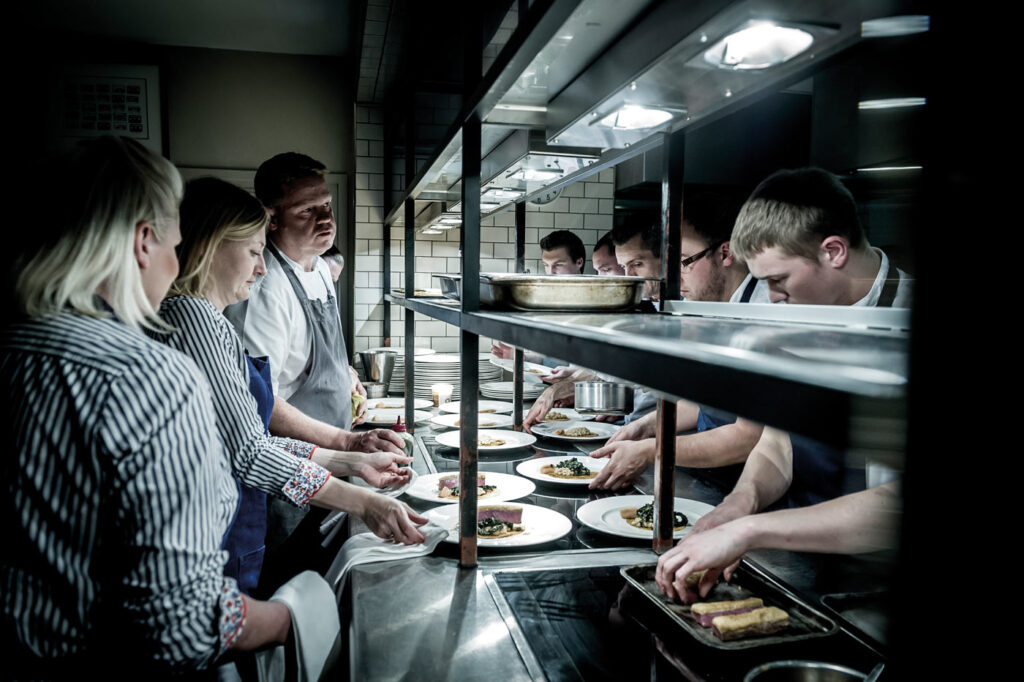
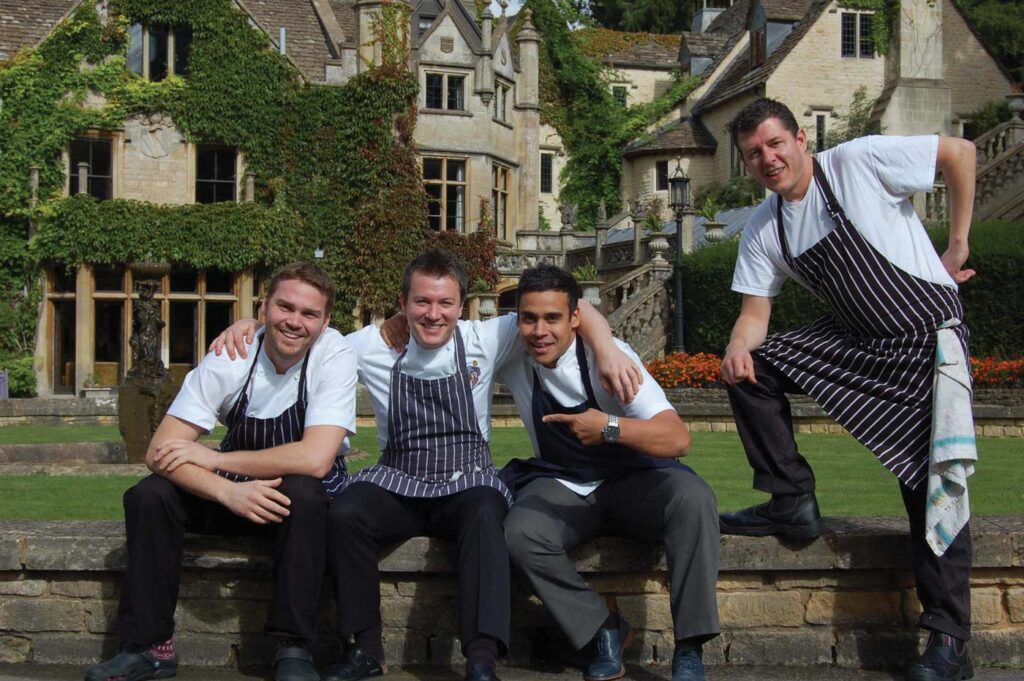
‘We introduced a launch lunch for each annual edition, which was held at different Trencherman’s restaurants. We hosted a few events at The Castle and it was also held at some of the other hotels and bigger restaurants such as Rick and Jill Stein’s The Seafood Restaurant. It was wonderful and a great communal thing among the restaurateurs in the South West. And so it is today.’
His thoughts on the guide, 30 years on? ‘I have to say hats off to Michael [Caines]. I’m so pleased he took it on with such enthusiasm and energy; he deserves great credit for that. Otherwise, the thing might have just died away, but it’s still here and thriving.’
Trencherman’s chairman Michael Caines of Lympstone Manor got involved with the Guide while he was head chef of Gidleigh Park, where he held two Michelin stars for 18 consecutive years. When South West Tourism, which published the guide, was axed as a result of government cuts in 2011, Michael secured the future of the Guide with Devon publishing company Salt Media.
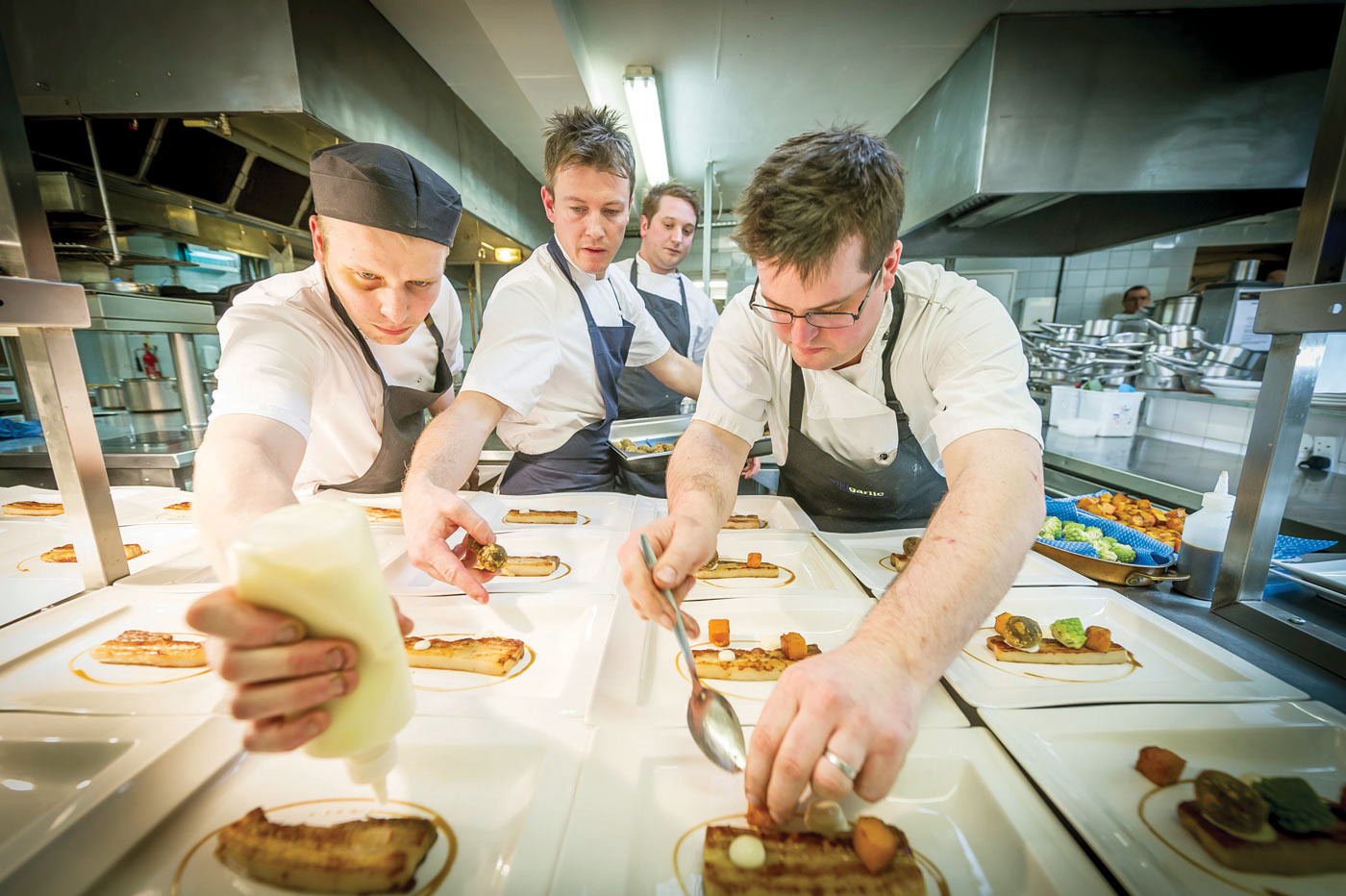
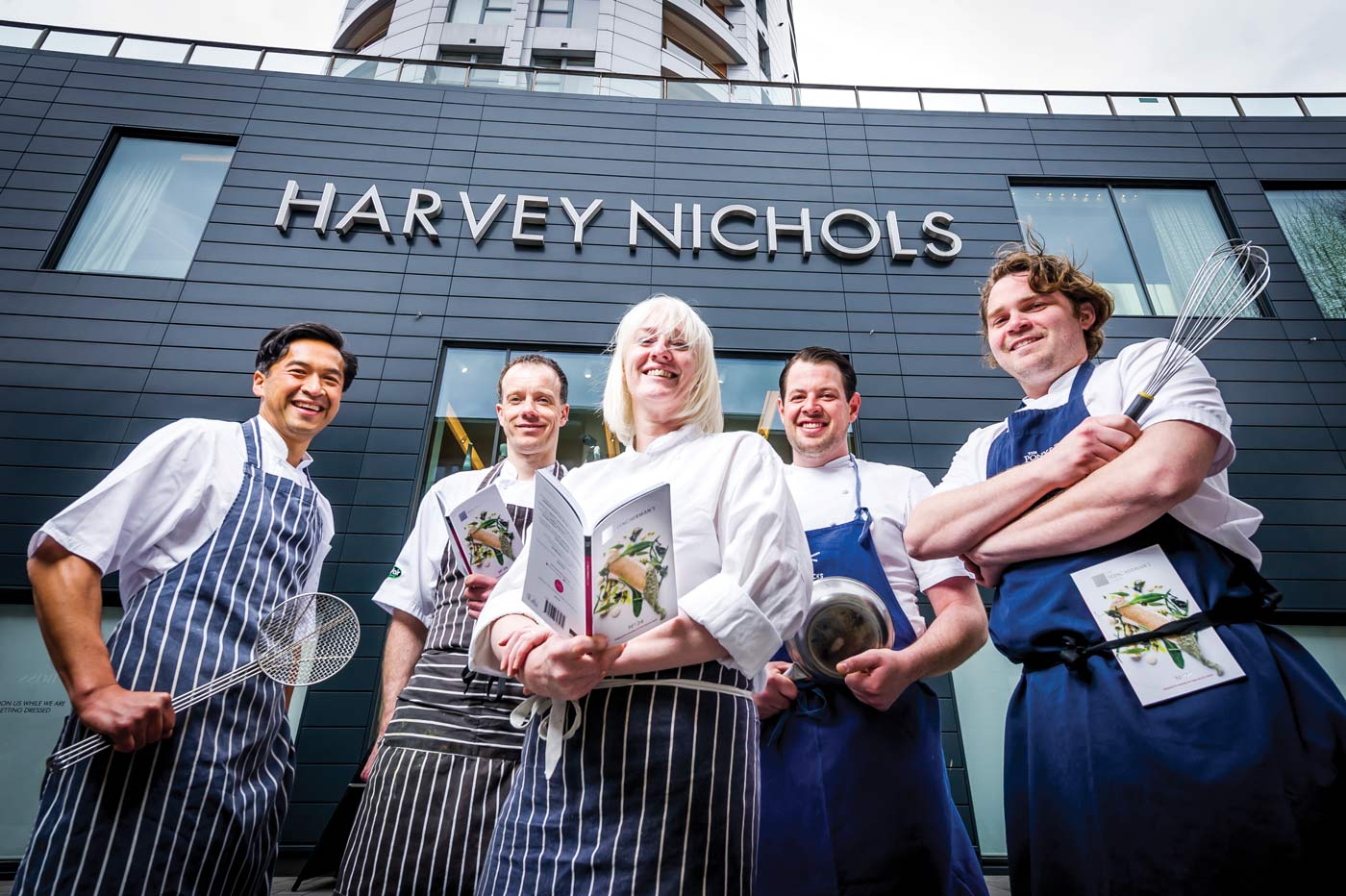
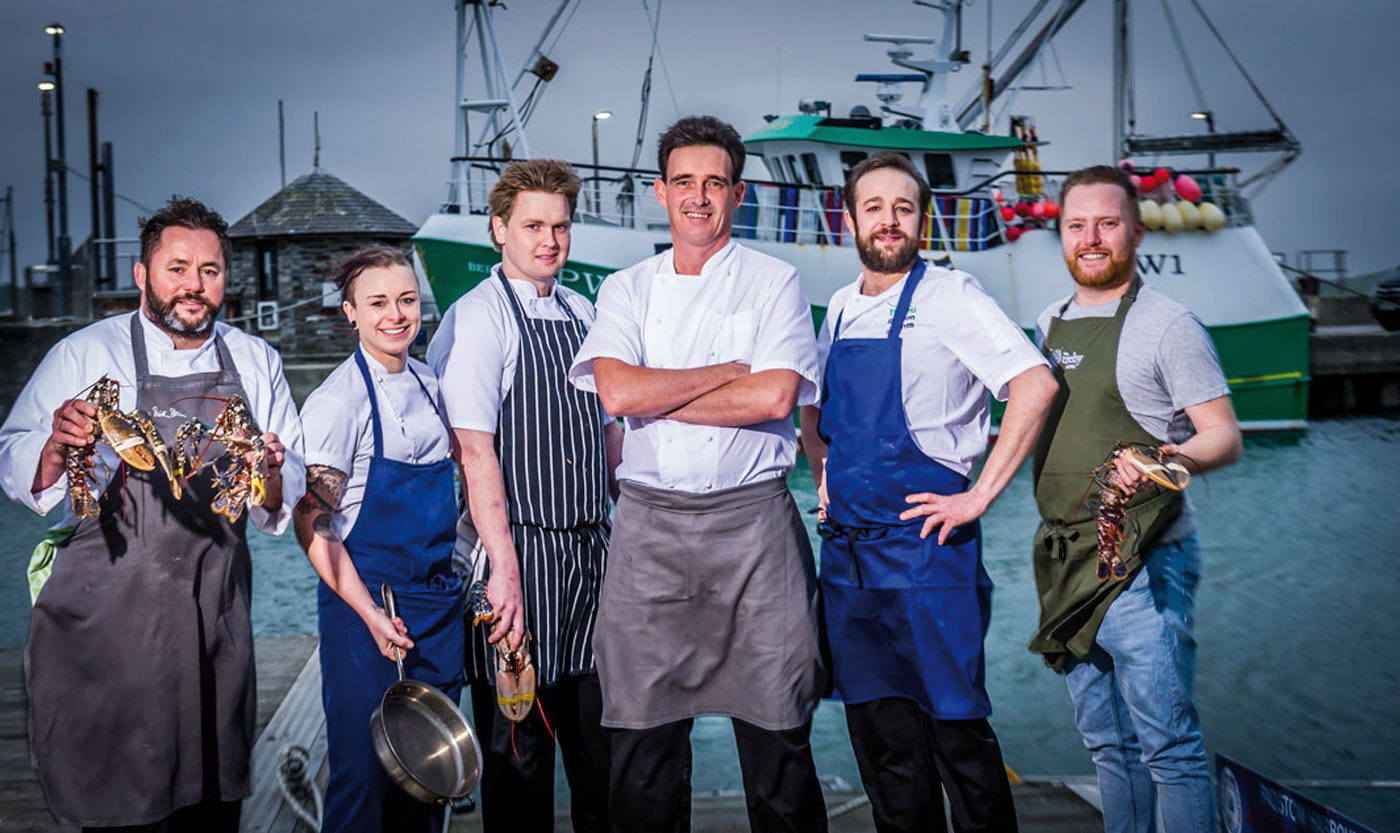
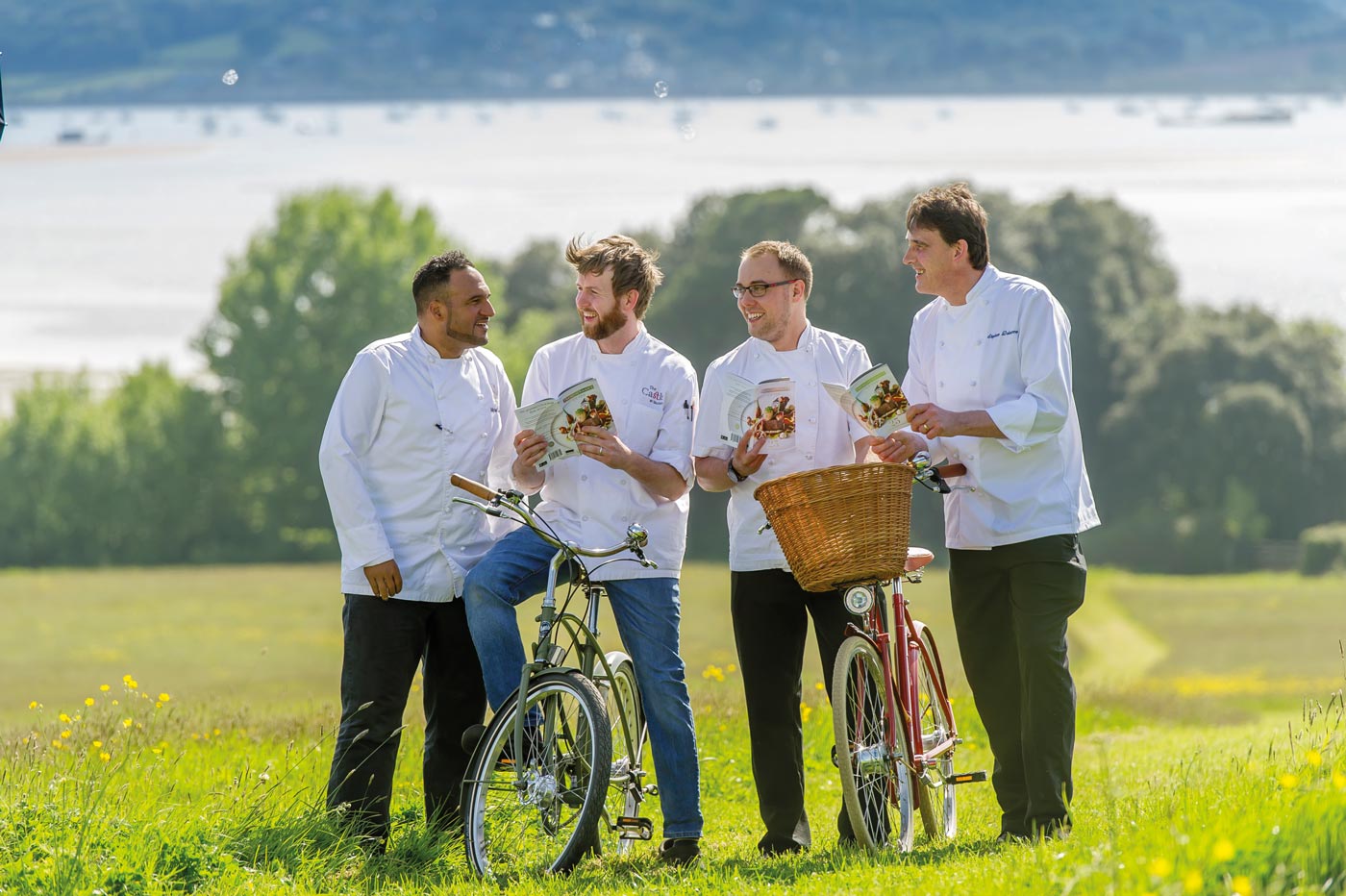
He’s been chairman of the Trencherman’s committee for over a decade and, along with fellow high-profile chefs such as Paul Ainsworth, Rick Stein and Nathan Outlaw, has helped bring the South West hospitality scene to a wider national and international audience.
How does he think we can ensure another 30 years of hospitality excellence in the South West?
‘We need to think about how we can continue to attract people to the South West – not just to come and eat here, but also to come and live here,’ says Michael.
‘That means investing in the right infrastructure and an educational structure which will attract and develop young people in the industry.’
The chef is referring to the difficulties that restaurants are experiencing in recruiting people to work in both kitchens and front of house. The situation is so challenging that some restaurants are currently unable to open full time.
‘A lot has been achieved in 30 years, but now I think we need to turn our attention to the welfare of our hospitality staff because that’s essential.’
However, it’s not all doom and gloom, as the number of high calibre restaurants in the 30th edition testifies.
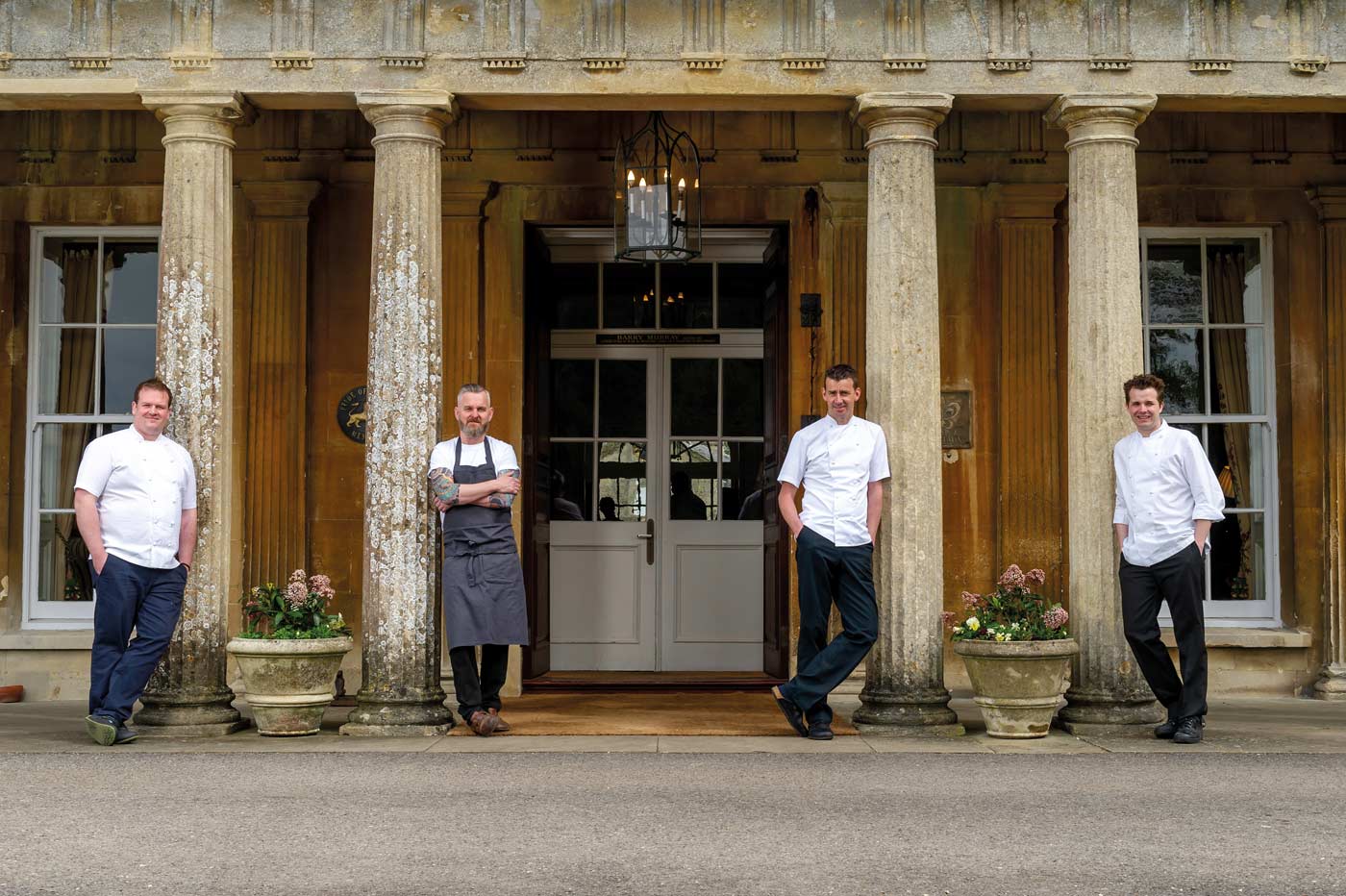
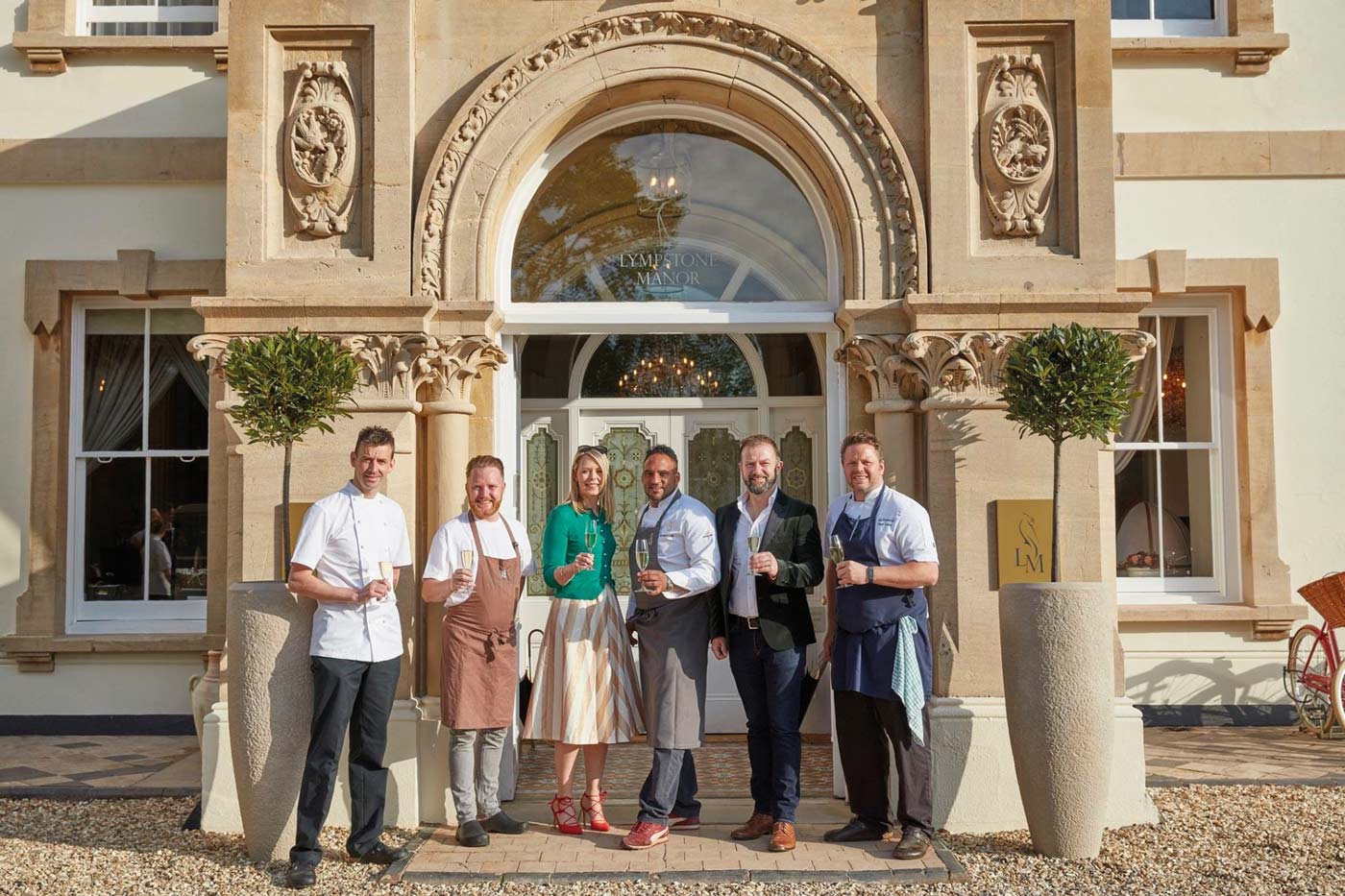
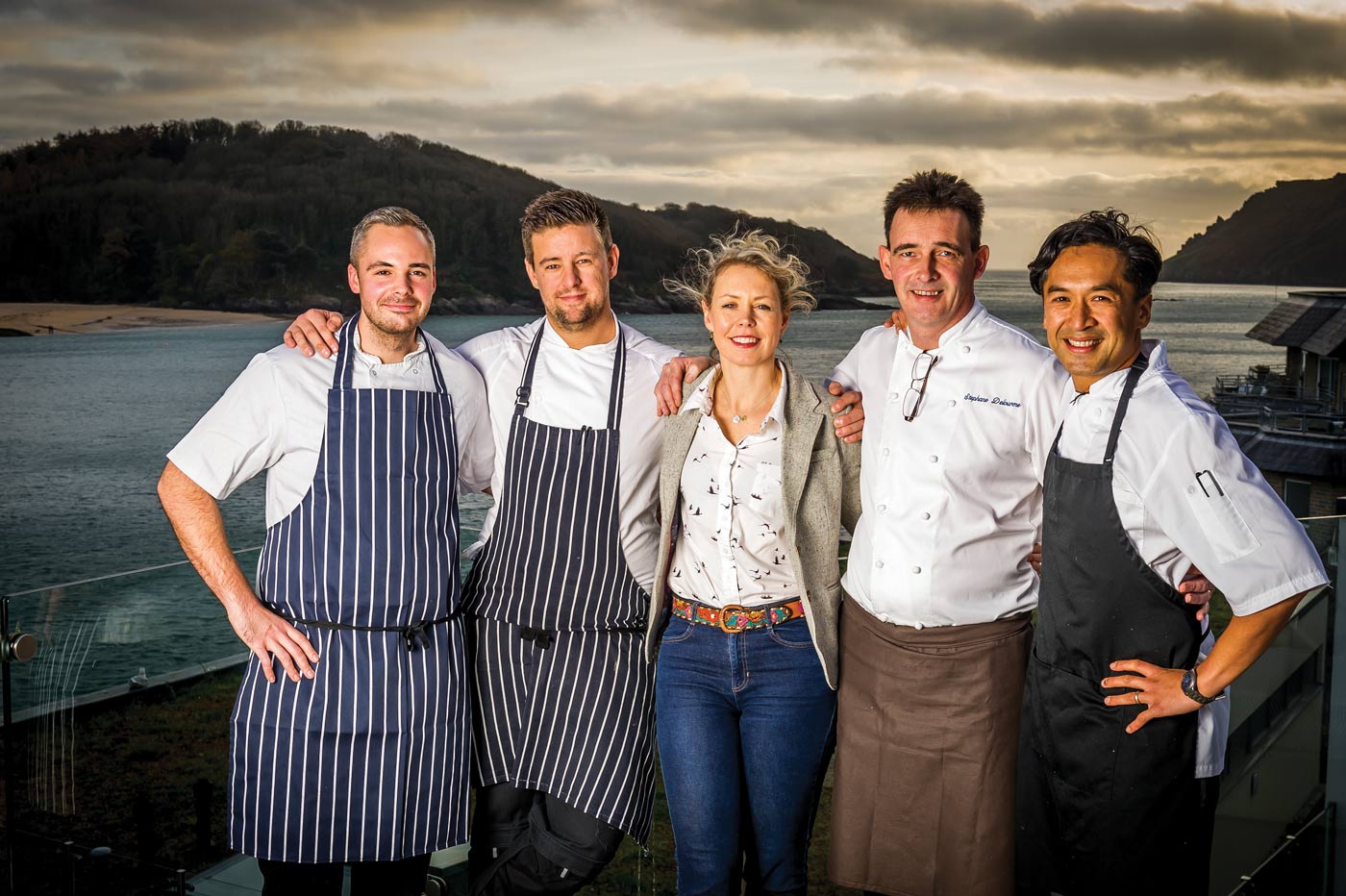
Michael also sees green shoots of opportunity for the industry in areas which are revealing themselves as possible avenues out of challenging times. One example is the changing climate, which is making it possible to grow grapes in the South West in a way that was unheard of until recently. Michael has planted vines in the grounds of Lympstone Manor and says: ‘The emergence of vineyards and viniculture in this part of the country is very exciting and will, I think, become part of our tourism offer as well as our food culture.
‘That ties in to the essential work that needs to be done to create sustainable businesses and protect biodiversity in our natural environment. The South West is a place of outstanding natural beauty and that’s a huge asset which will help us lock into green tourism.’ He’s confident about the future and asserts: ‘Opportunities like that will help keep the South West on the map and the hospitality industry thriving.’
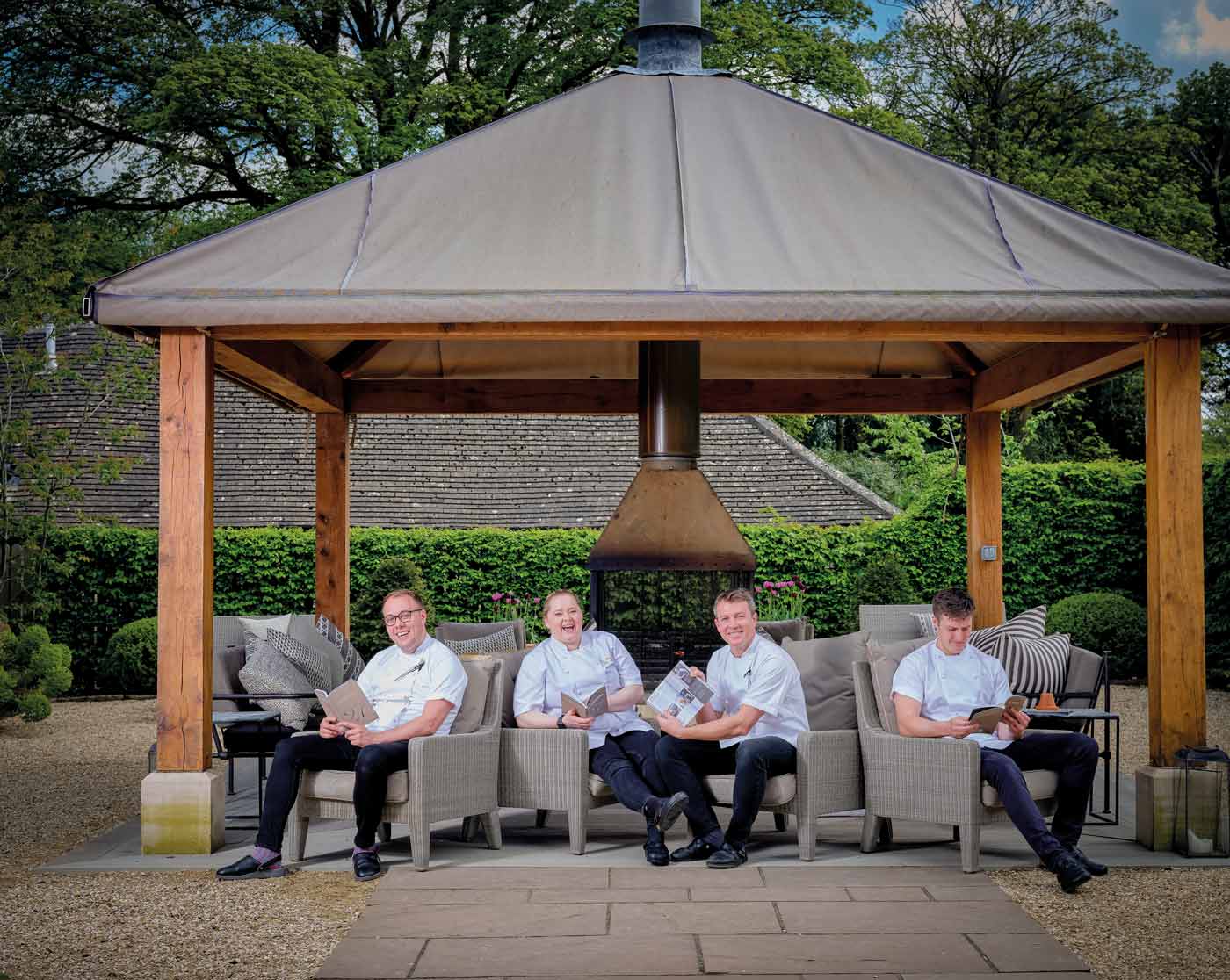
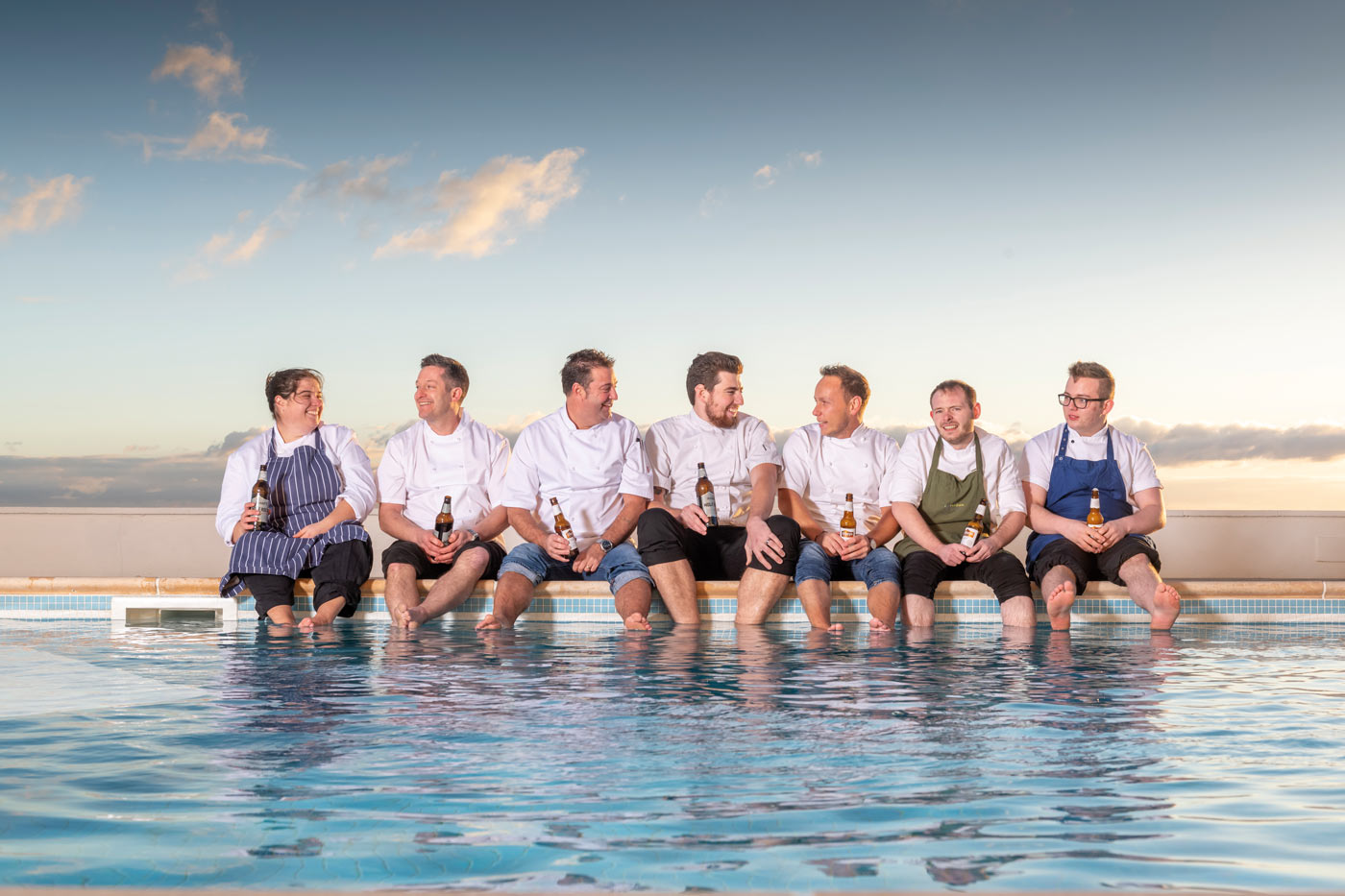
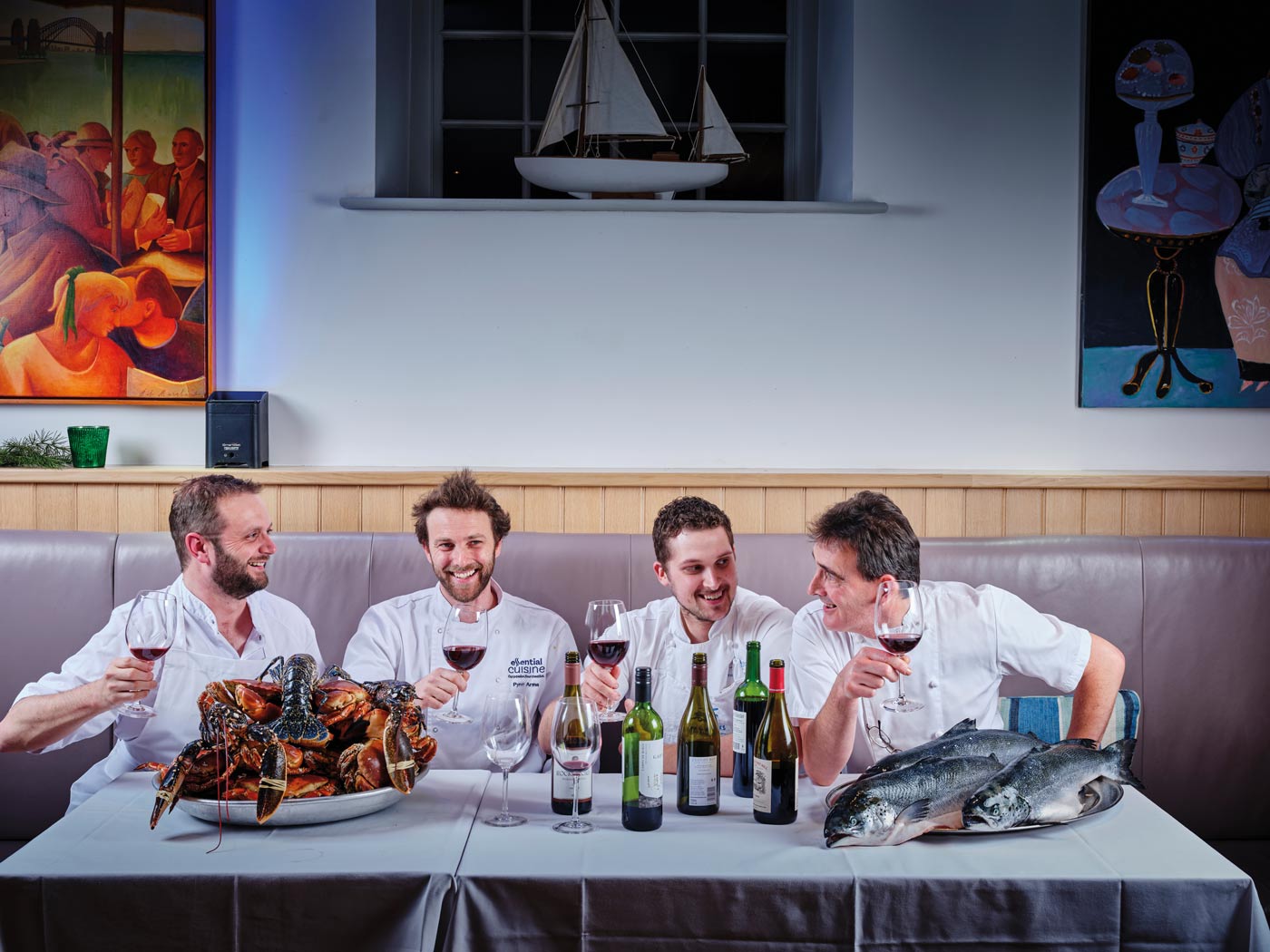
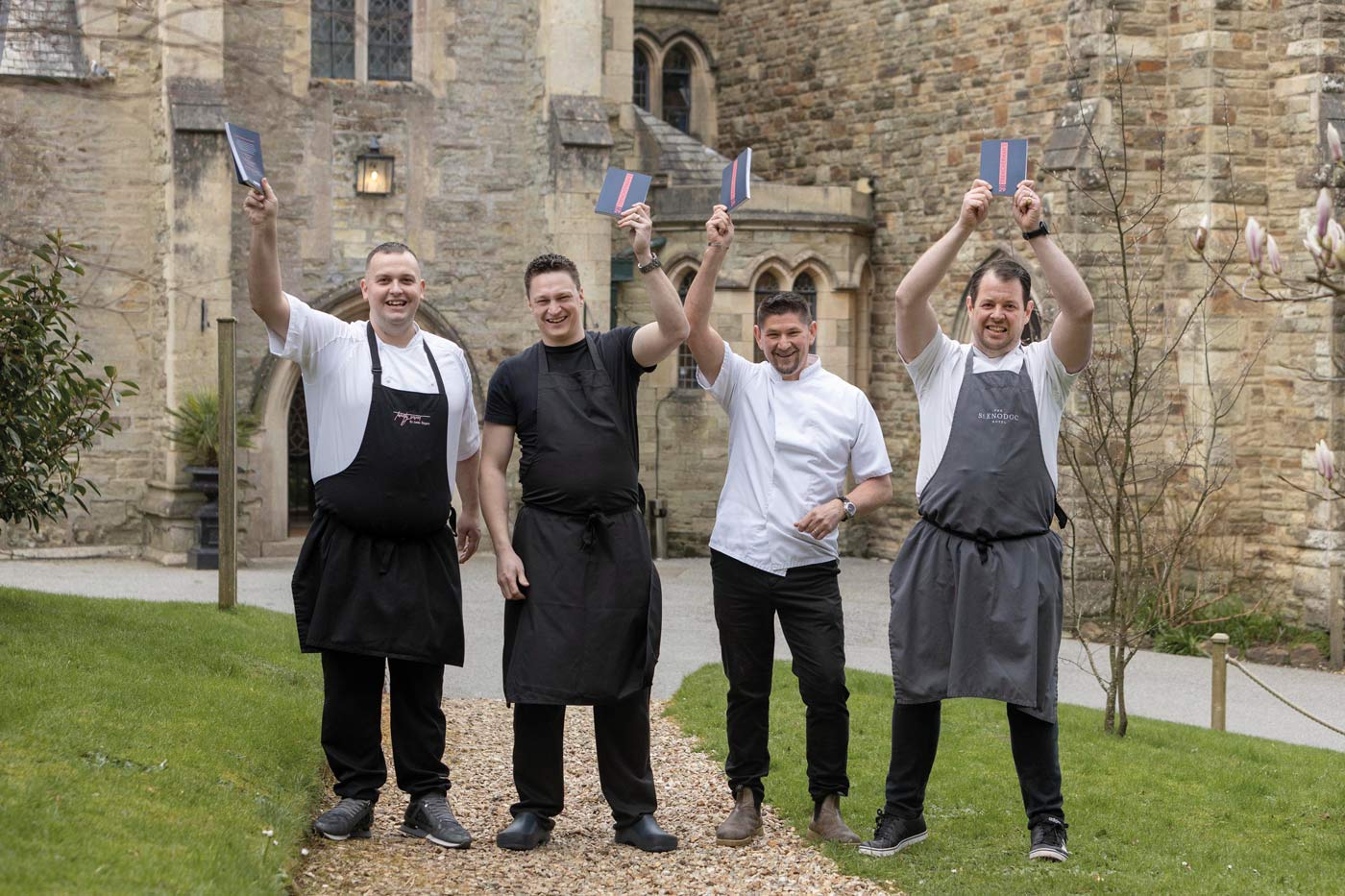
Date
Title
Post Date
july, 2024
Event Type
All
Afternoon tea
Beer tasting
Charity
Cocktails
Gin tasting
Guest chef
Launch
Music
New Year's Eve
News
Offer
Outdoor dining
Pairing meal
Retreat
Seasonal
Spa
Talks
Whisky tasting
Wine
Workshop/course
Event Location
All
Alba
Alexandra Hotel & Restaurant
Bell Inn at Selsley
Black Cow Vodka
Boringdon Hall Hotel
Broomhill Estate
Burleigh Court
Calcot and Spa
Calcot Manor
Candlelight Inn
Captain's Club Hotel
Carlyon Bay Hotel
Endsleigh Hotel
Fistral Beach Hotel and Spa
Fletcher's Restaurant
Food Rocks
Gara Rock
Gidleigh Park
Glazebrook House
Glazebrook House Hotel
Harvey Nichols Bristol
Hive Beach Cafe
HIX Oyster & Fish House
Hotel Endsleigh
Hotel Penzance
Hotel Tresanton
Housel Bay Hotel
Howard's House Hotel
Idle Rocks
Kentisbury Grange
Koj
Lewtrenchard Manor
LILAC Restaurant & Wine Bar
Lucknam Park
Lympstone Manor
Mill End Hotel
Mill End Hotel and Restaurant
Mint Room
New Yard Restaurant
ODE - true food
Porthminster Beach Cafe
Prince Hall Hotel
Queen Square
Restaurant GL50
Rick Stein, Sandbanks
Salcombe Harbour Hotel
Salcombe Harbour Hotel & Spa
Saunton Sands Hotel
Soar Mill Cove
Soar Mill Cove Hotel
St Michaels Resort
St Petroc's Bistro
Star & Garter
Summer Lodge Country House Hotel
Talland Bay Hotel
The Alverton
The Angel - Taste of Devon
The Bath Arms
The Bath Priory
The Bell at Ramsbury
The Bell at Selsey
The Bell at Selsley
The Bunch of Grapes
The Clockspire
The Club House
The Cove Restaurant and Bar
The Eastbury Hotel
The Eastbury Hotel & Spa
The Farmers Arms
The Fontmell
The Fox Inn
The Gainsborough Bath Spa
The Galley
The Greenbank Hotel
The Holcombe
The Horn of Plenty Country House Hotel & Restaurant
The Jubilee Inn
The Luttrell Arms Hotel
The Mill End Hotel
The Old Quay House Hotel
The Oyster & Fish House
The Painswick
The Peppermill
THE PIG - at Combe
THE PIG-at Harlyn Bay
THE PIG-near Bath
THE PIG-on the beach
The Pony & Trap
The Queensbury Hotel
The Rising Sun
The Salty Monk
The Salutation Inn
The Seafood Restaurant
The Slaughter Manor House
The Springer Spaniel
Thomas Carr @ The Olive Room
Treglos Hotel
Two Bridges Hotel
Whatley Manor
Wild Garlic Restaurant and Rooms
Wilder